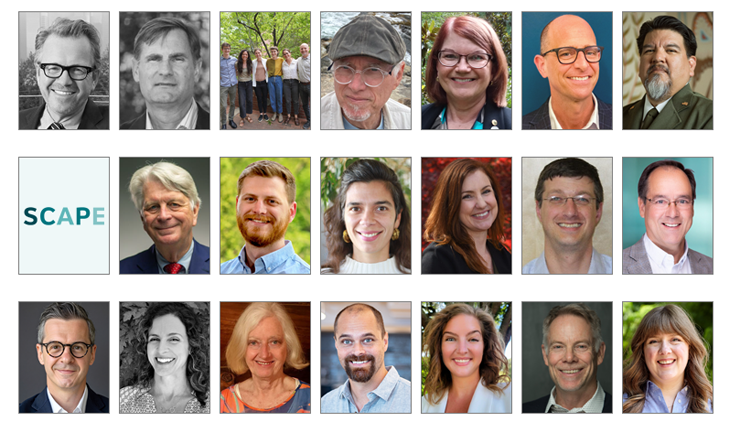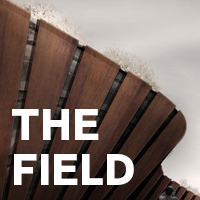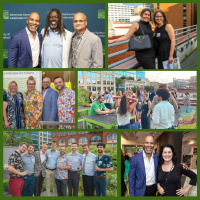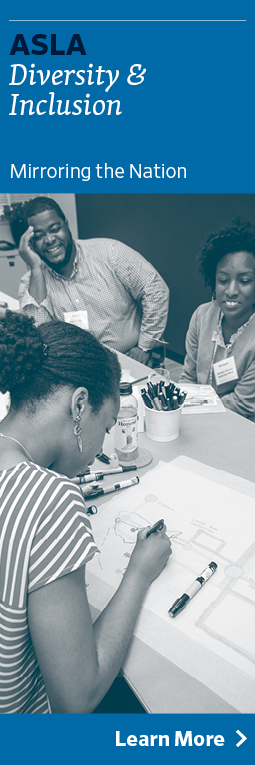American Society of Landscape Architects Announces 2025 Honors Recipients
6/30/2025
American Society of Landscape Architects 2025 Honorees. Photo: ASLA
Today the American Society of Landscape Architects (ASLA) announced its 2025 Honors Recipients. The honorees are selected by ASLA’s board of trustees and represent the most noteworthy professionals nationwide.Read More





.png)

.png)
.png)
.png)
.png)
.png)
(1).png)

